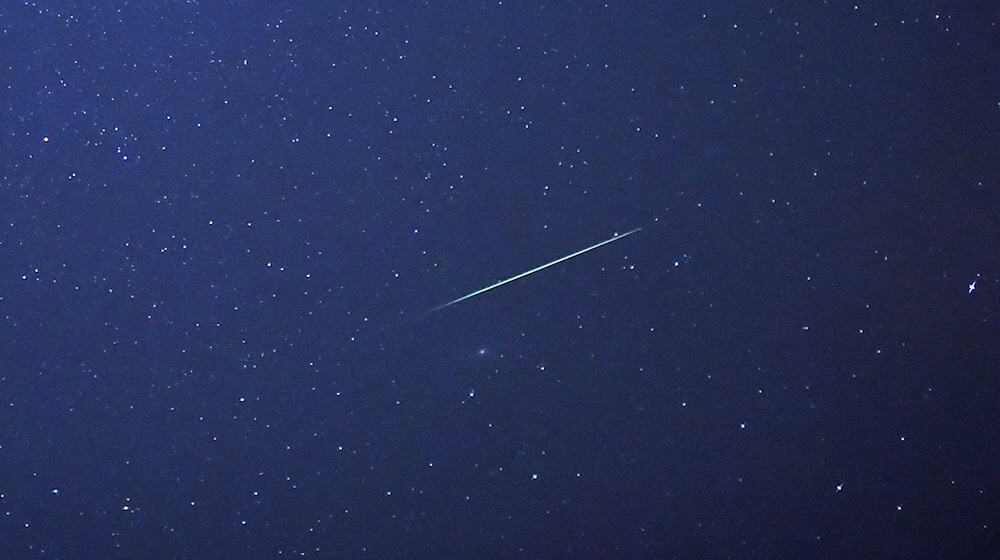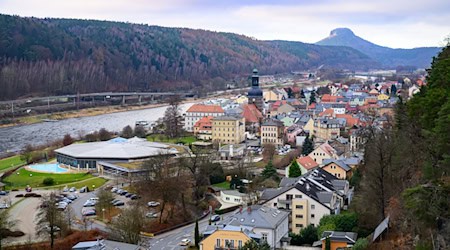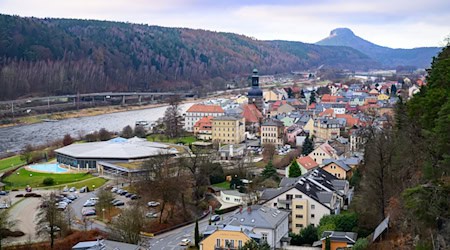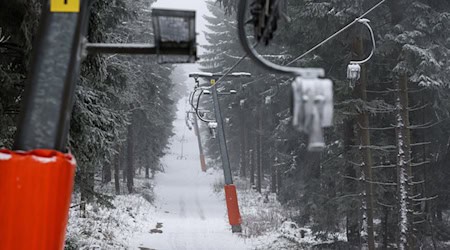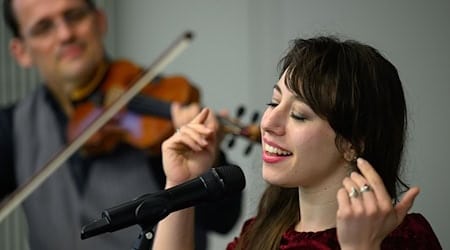A balmy summer night, a deckchair - and dozens of shooting stars: The annual stream of Perseids once again lures many Saxon stargazers outdoors in August. The interesting time is ten days before August 12 and five days after, said Klaus-Dieter Kalauch from the Schneeberg Observatory. However, there is a small drawback around the peak on August 12: "We will collide with the moon this year and it will brighten the sky very strongly around this time."
The Schneeberg Observatory is therefore foregoing its annual shooting star viewing. The planned Saturday, August 9, is exactly the day of the full moon. In addition, school starts again the following week. Many darker shooting stars cannot be observed so well with the bright moon - but brighter ones can be seen at intervals of several minutes, says Kalauch. Of course, the weather has to cooperate.
This year, it's better to watch in the early evening
Jochen Engelmann from the Rodewisch Observatory said: "It's quite conceivable that you could see one or two Perseids at the end of July." In fact, the second half of the night is always when you can expect to see the most shooting stars. However, because of the bright moon, he recommends the first two hours as soon as it gets dark. The Rodewisch Observatory invites you to come and watch shooting stars together on the night of August 13.
The figure of 100 shooting stars that can be seen per hour is always circulating, Engelmann continued. "That's a purely theoretical figure." He had already seen many shooting star nights in his life. Many years ago, he once counted 45 in one hour, but no more than that.
The Perseids occur when the Earth crosses the debris cloud of comet 109P/Swift-Tuttle on its orbit around the sun and collides with the particles scattered by it. These dust particles from the comet's tail enter the Earth's atmosphere and burn up there.
Copyright 2025, dpa (www.dpa.de). All rights reserved

